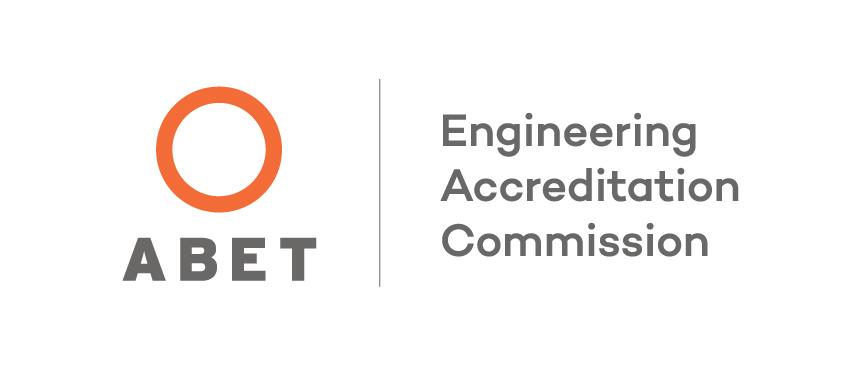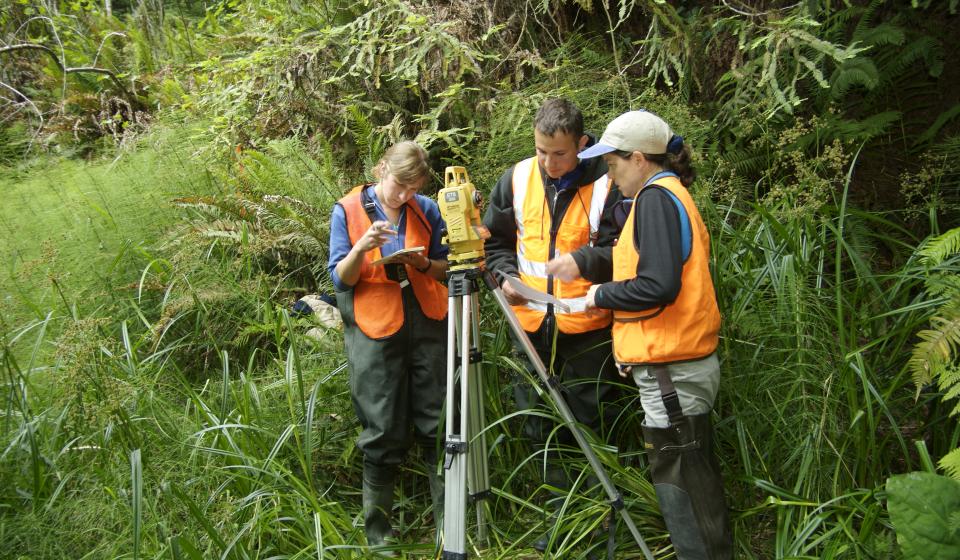Writing Memos
The purpose of this web page is to provide guidance for those using memos for technical communication purposes.
Guidelines
The Purdue University Online Writing Laboratory provides an excellent set of guidelines for memo writing. Be sure to read this overview before completing your memo.
Memos are a type of informal report. Memos should be clear and concise documents.
- The purpose of your memo should be clearly stated.
- Headings can be used to make your memo clearer.
- In some memos, especially longer memos, it may be appropriate to summarize your message before going into a detailed discussion related to the purpose of your memo.
- Your memo should clearly state what you expect to happen next. You should either provide a recommendation or a suggested action.
Format
Microsoft Word has Memo Templates that can assist you with the overall format of your memo. After Word is open, under File, choose New. You should get a dialog box asking you what kind of document you would like to create. Look for the tab that says Memos. You will see that Word provides a selection of styles of memos. Choose the one that best suits you.
This example memo uses Word's Elegant Memo format.
Your memo should have at least 4 parts:
Header
Clearly state: 1) who the memo is to,
2) who the memo is from,
3) the date,
4) the specific subject of the memo,
and possibly 5) the list of those receiving a copy of the memo
Purpose Paragraph
The first sentence of the memo should tell the reader the topic of the memo. The reader will use this first paragraph to determine if the rest of the memo needs to be read.
Summary Paragraph(s) [optional]
For a longer memo, these paragraph(s) can be used to summarize the contents of the entire memo.
Discussion Paragraph(s)
These paragraphs provide the information the reader is expecting.
Action or Recommendation
The final paragraph(s) should provide a closing that is often a recommendation or suggested action for what the reader should do next.
Types of Memos
Below are some examples of common types of memos that engineers and scientists write.
Trip Reports
Trip reports are used to summarize the experiences that an employee had while away from the organization. The purpose is to provide the organization information about the trip. Trip reports can be used when an employee goes to visit a client or attends a conference. Below is a link to a trip report written by a senior environmental resources engineering student.
Field or Lab Reports
When an employee wants to provide an informal report of a field visit, or of some laboratory studies, a memo format can be used to summarize the work. The memo should still address the expected components of a lab reports such as: 1) purpose, 2) methods, 3) results 4) discussion of the results. In addition, the memo may suggest what should be done next.
Progress or Status Reports
Progress or status reports are used to provide a periodic update to a project. The memo should honestly and clearly state the progress of the project. If your project is not progressing well, avoid sounding defensive. Do your best to "just state the facts".
Directives
A directive is a memo that states what task or procedure you want your readers to undertake. Most the class assignments you have received from a faculty member are directives in a memo format.
References
The information in this web page is based on the following sources:
- Markel, Michael (1998) Technical Communication, Situations and Strategies, 5th addition, St. Martins Press, New York
- Purdue University Online Writing Laboratory
How to Apply
So environmental resources engineering sounds interesting, but you are still not sure if Humboldt is right for you? Explore what Humboldt has to offer to both freshman and transfer students.
Paperwork
For paperwork and forms such as major and minor contracts, course planning guides, semester schedules, course rotations, office hours and more, visit our forms page!













